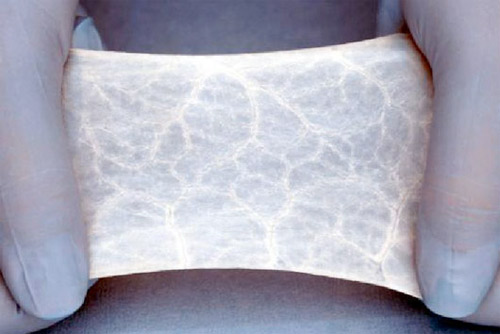

It should simulate the extracellular matrix (ECM) in both biological function and structure.Ĭeramics are inorganic non-metallic materials they are one of the oldest materials known by humankind. Mechanical properties to match those of tissues at the site of implantation.Ĭan be prepared in a variety of shapes and sizes. Suitable surface roughness and chemistry for cell attachment. Possesses controllable degradation and resorption rate to match the cell growth. The ideal scaffold should possess the following characteristics to bring about desired biologic response ģD interconnected porous network to facilitate cell to get rid of metabolic waste and nutrients flow. Figure 2 represents steps of culturing cells onto scaffold and how the tissue is formed ultimately. Their 3D porous structure designed to provide structural support for cell attachment and migration through pore channels and subsequent tissue development.

Nevertheless, scaffolds are playing an important role throughout tissue regeneration process. Recently, tissue engineering developed progressively as a result of designing of novel materials to restore tissue function. It has emerged as an alternative method for grafting and transplantation of diseased or damaged tissue. Tissue engineering is a promising technique for tissue regeneration in situ by incorporating cells into bioactive scaffolds. Tissue engineering is a rising biomedical field intended to repair and restore tissue defects by a combination of biomaterials living cells. Tissue regeneration and tissue engineering have become synonymous terms in the field of diseased tissue and organ treatments. Finally, recent trends and challenges of biomaterials for tissue regeneration are presented also in this review. Moreover, it is showing the recent achievements in tissue engineering field for bone, skin, cartilage, neural, and cardiac regeneration as a pre-clinical procedure for repair of injured and diseased tissues and organs. Scaffold fabrication methods are also reviewed here. As well as, different types of biomaterials, such as bioceramics, bioactive glasses, synthetic and natural polymers and their derived composites, used in fabrication of scaffolds (as a main part of tissue engineering) are demonstrated in this review. It is mainly focusing on generations of biomaterials and discovery tissue engineering field. This review is briefly representing necessary features associated with biomaterial type and design required for tissue regeneration applications, and presenting earlier research in tissue engineering field and new trends for future implementation. Therefore, there have been progressive investigation and development of new biomaterials with different formulations to help and achieve necessary requirements in the tissue engineering applications. Tissue engineering mainly depends scaffold biomaterials and scaffold fabrication methods. Tissue engineering is approach of replacing or regeneration of biological functions of tissues or organs by using combination of biomaterials, biomolecules and cells.


 0 kommentar(er)
0 kommentar(er)
